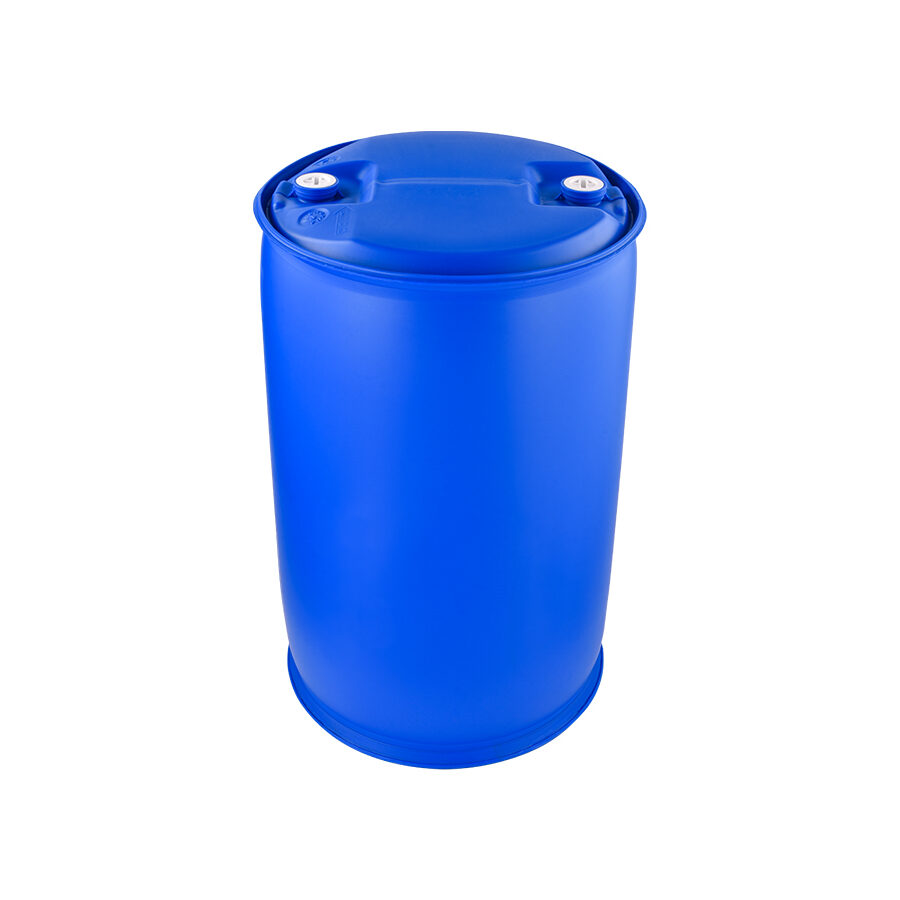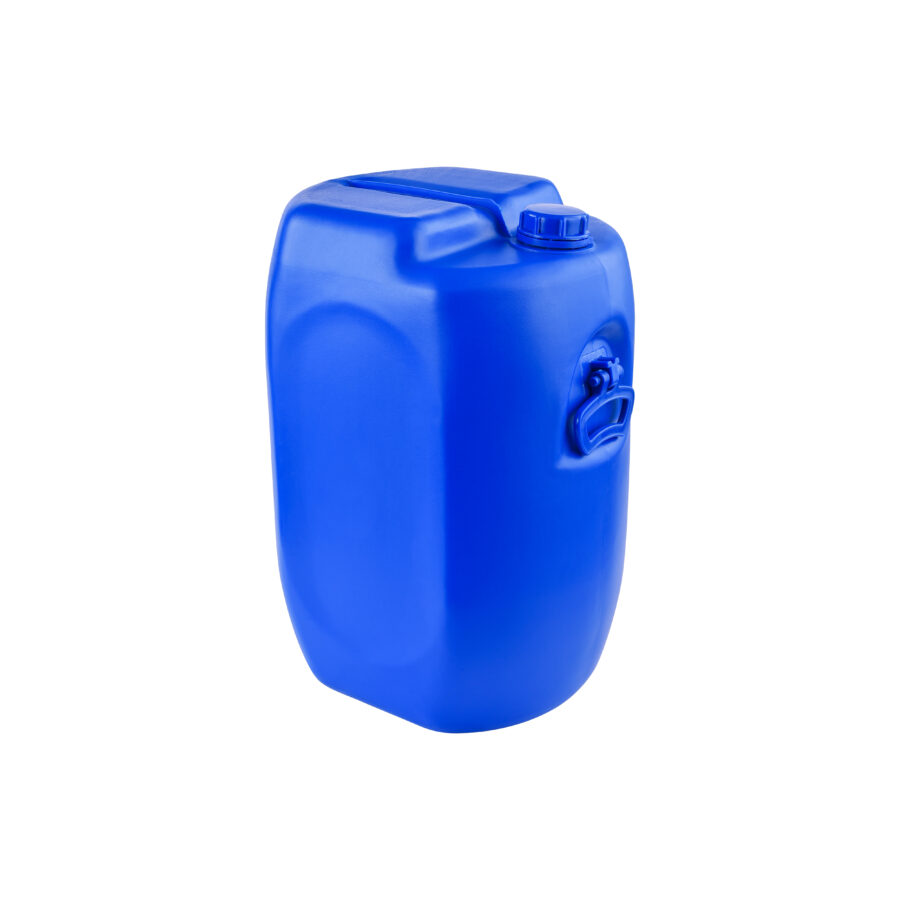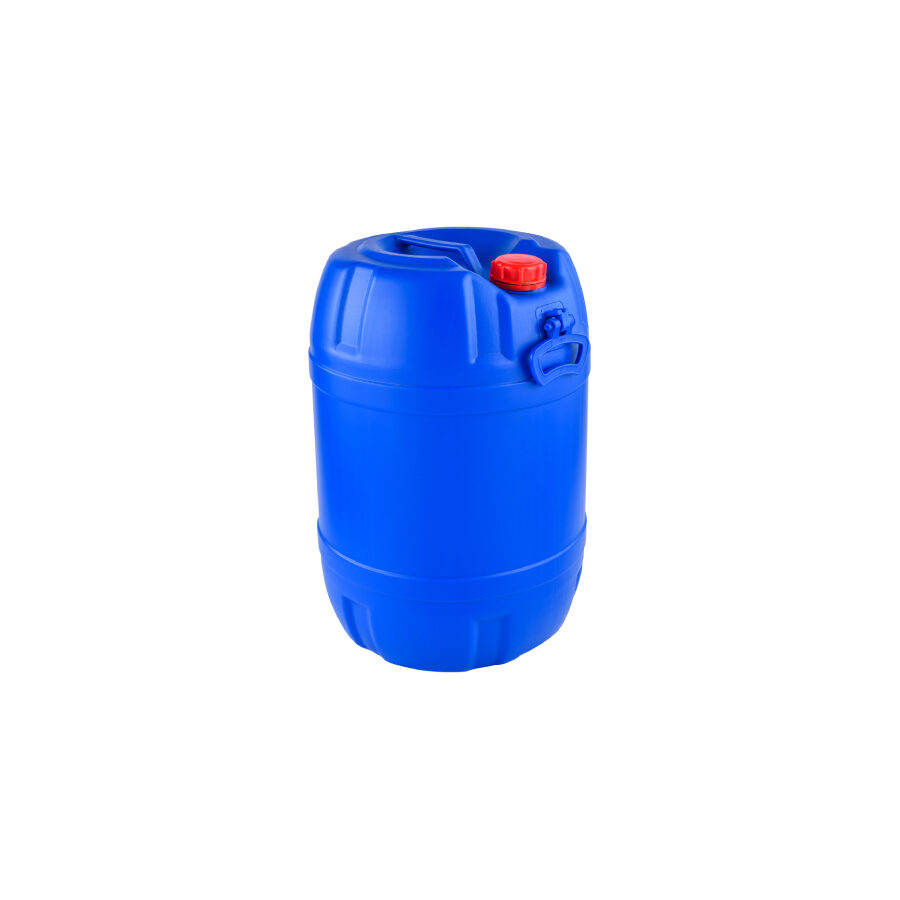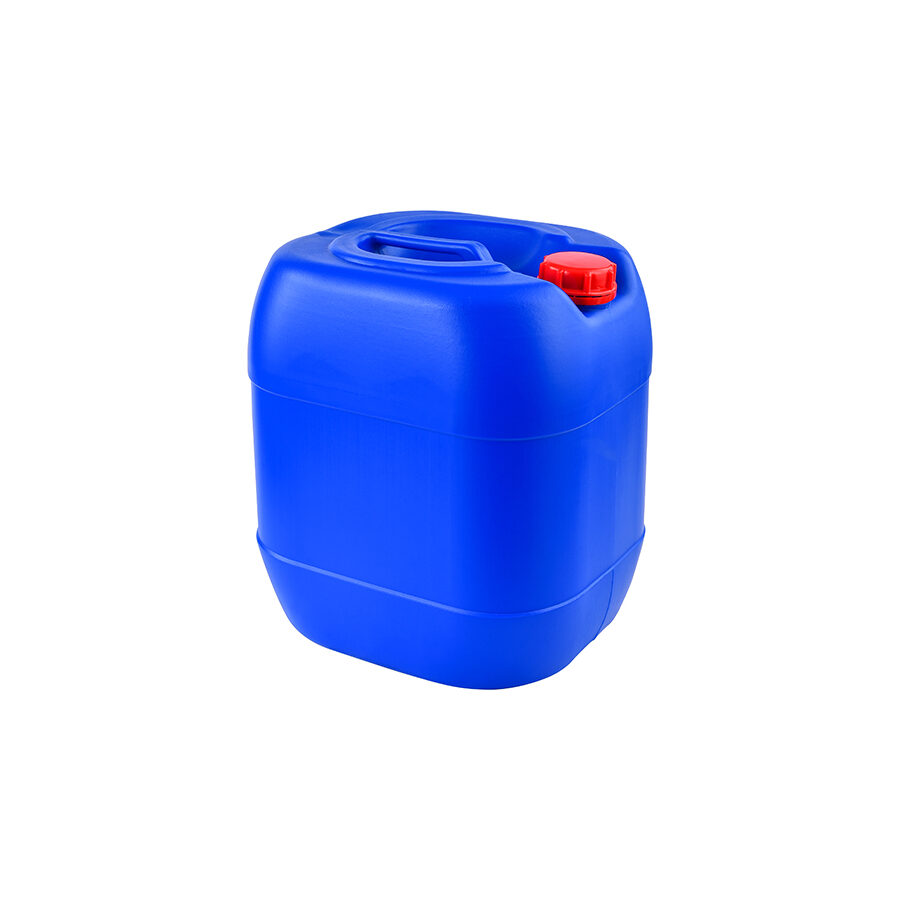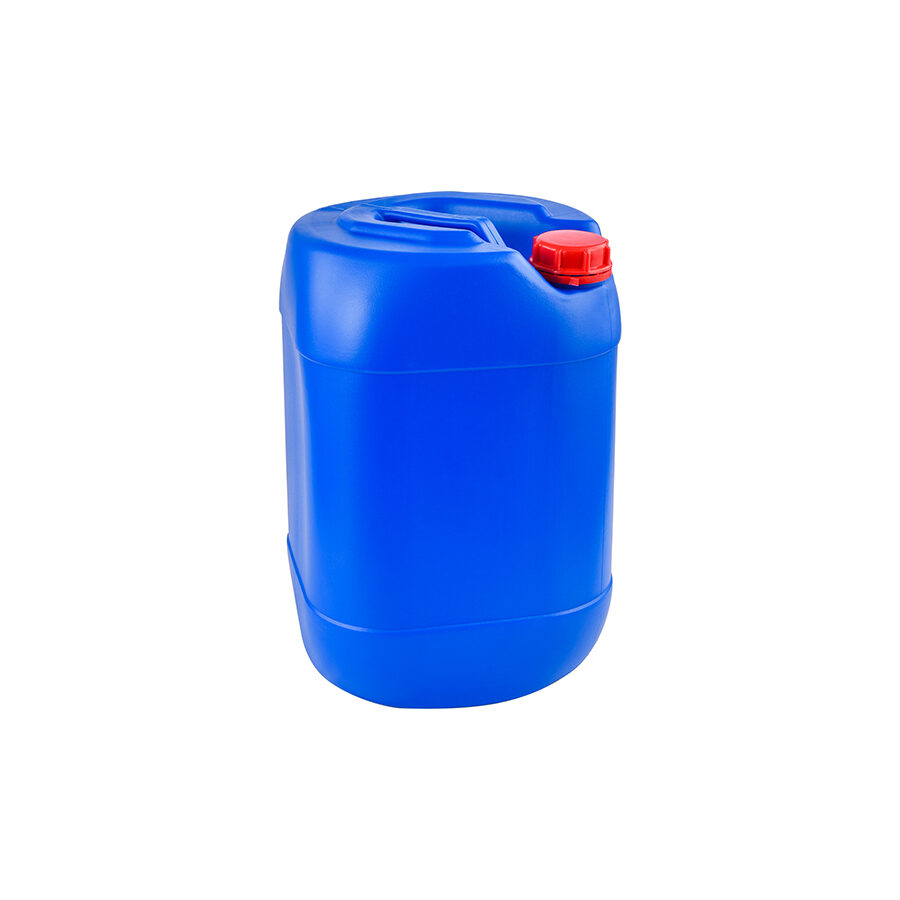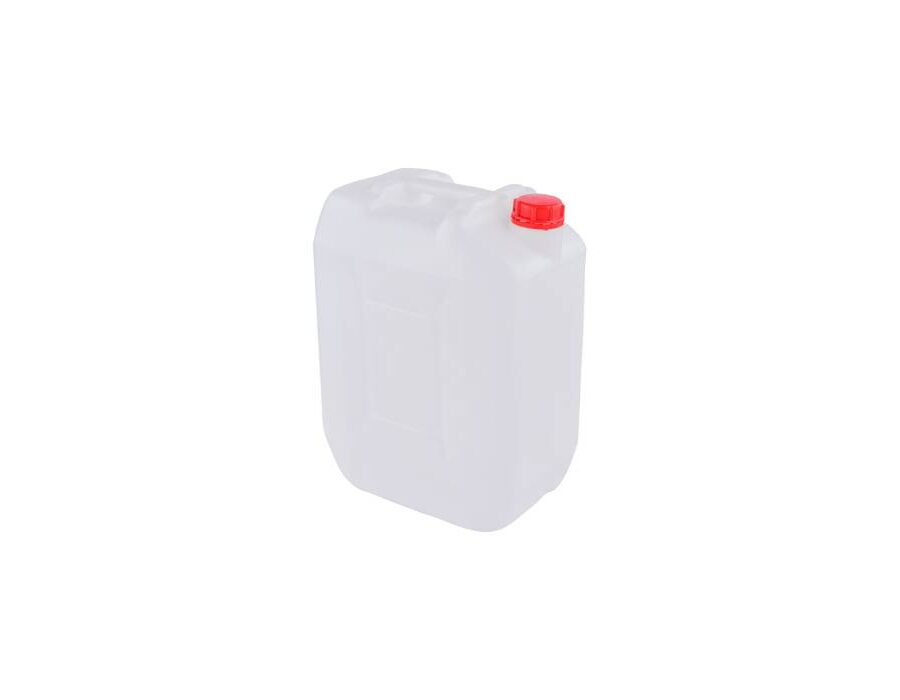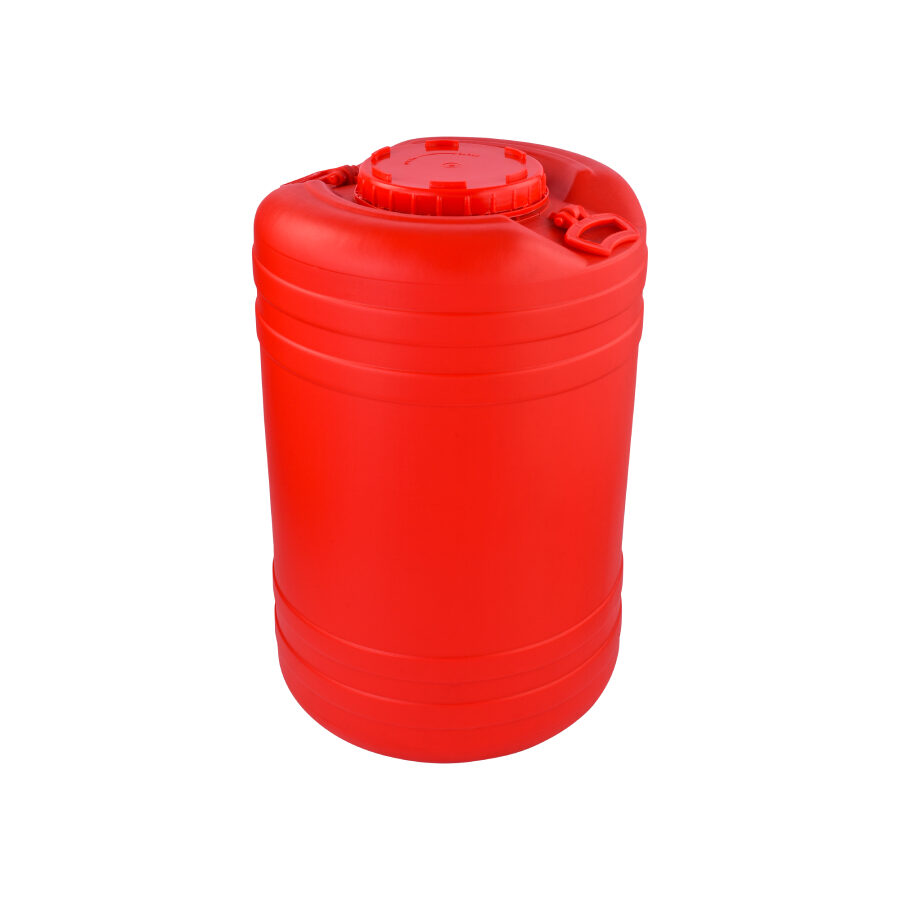
What is Blow Molding?
Blow molding is a manufacturing process used to create hollow plastic parts, primarily containers and bottles. It involves inflating molten plastic into a mold cavity, giving the product its final shape. There are three main types of blow molding:
1. Extrusion Blow Molding (EBM): A tube of molten plastic (called a parison) is extruded and then clamped into a mold, where compressed air inflates it into the desired shape.
2. Injection Blow Molding (IBM): Plastic is first injected into a mold to form a preform, which is then transferred to another mold and blown into its final shape.
3. Stretch Blow Molding (SBM): A preform is stretched vertically and horizontally before being inflated, typically used for manufacturing PET bottles.
Blow molding is ideal for producing lightweight, durable containers in various shapes and sizes. It is particularly suited for industries that require high-volume packaging solutions, including food, beverages, chemicals, and pharmaceuticals.
How Blow Molding Has Changed the Packaging Industry
Blow molding has revolutionized the packaging industry by introducing several key advantages:
1. Mass Production Capabilities: Blow molding allows manufacturers to produce large quantities of containers at a low cost, making it highly efficient for industries that rely on mass production. The process is fast and can be easily automated, leading to economies of scale.
2. Material Efficiency: The ability to create thin-walled containers means less plastic is used, reducing material costs without compromising on durability. This efficiency makes blow molding a cost-effective choice for companies.
3. Design Flexibility: Blow molding offers flexibility in container design. Companies can create containers of various shapes, sizes, and configurations to meet their specific packaging needs. Custom molds allow for branding and product differentiation, which is essential in competitive markets.
4. Durability and Lightweight: The process produces lightweight containers that are durable and resistant to external factors like temperature changes and impact. This is particularly important for packaging that must endure shipping and handling stress.
5. Sustainability: In response to the growing demand for eco-friendly packaging, blow molding processes can use recycled materials such as PET and HDPE. The thin walls of blow-molded containers also reduce plastic waste, aligning with modern sustainability goals.
Case Study: Sharda Containers and Blow Molding
Sharda Containers, a leading manufacturer of industrial-grade plastic containers, exemplifies the success of using blow molding technology to provide high-quality, economical packaging solutions. Established in 1971, Sharda has built a reputation for producing a wide range of containers using advanced blow molding techniques.
Quality and Precision
Sharda Containers specializes in HM/HDPE containers, producing sizes that range from 0.5 liters to 250 liters. These precision-grade containers are used in a variety of industries, including chemicals, pharmaceuticals, and food packaging. The company’s advanced blow molding process ensures that each container is manufactured to meet stringent quality standards, guaranteeing durability and safety. Their ISO 9001:2015 certification underscores their commitment to quality control and consistency in production.
Cost-Effectiveness and Efficiency
By leveraging blow molding technology, Sharda Containers offers cost-effective packaging solutions without compromising on quality. Their fully automated production facilities operate 24/7, ensuring that they can meet high-demand orders while keeping costs low for their clients. The scalability of blow molding enables Sharda to produce large volumes of containers efficiently, making them an ideal partner for companies requiring mass production of packaging materials.
Customization and Versatility
In addition to standard containers like jerry cans, narrow-mouth drums, and full open-top barrels, Sharda Containers provides customized solutions tailored to specific client needs. The flexibility of blow molding allows the company to produce containers in various shapes and sizes, catering to the unique demands of industries such as pharmaceuticals, which require precise and often complex packaging designs.
Sustainability
Sharda Containers is also committed to sustainable manufacturing practices. The company uses high-performance, eco-friendly raw materials in its blow molding process, reducing waste and minimizing environmental impact. This focus on sustainability aligns with global trends in the packaging industry, where there is increasing pressure to adopt environmentally responsible practices.
Conclusion
Blow molding has transformed the packaging industry by offering a fast, cost-effective, and versatile method for producing containers of all shapes and sizes. Its ability to meet the high-volume demands of modern industries, while minimizing material costs, has made it the preferred choice for packaging manufacturers. Sharda Containers exemplifies how companies can use blow molding technology to provide precision-grade, economical packaging solutions. By combining advanced manufacturing techniques with a strong commitment to quality and sustainability, Sharda Containers continues to lead the market, offering reliable and innovative packaging solutions across diverse industries.

